“This is a beautiful and radiant assemblage,” ‘Abdu’l-Bahá told a group meeting in a Minneapolis home when he visited there in September 1912. “It is a merciful gathering, for you have met here in the utmost love and spirituality.” At the conference held just outside that same city from 16 to 18 August, another generation tasted once again the sweetness of love, trust, and mutual support He had encouraged in them some 100 years earlier.
About 250 young people came together in the classically designed halls and expansive lawns of a local college, sharing a desire to learn how they could support an ever-widening circle of friends in efforts to serve their communities—particularly their youngest members.
“When we share the work, no burden is too heavy and some tasks become pure light.”
A participant at the conference
Through study of the conference materials, participants recognized that those between the ages of 12 and 14 are making the critical transition from childhood to youth and are affected by many social forces, some constructive and some harmful. Participants identified that older youth have a responsibility to create environments that channel positive influences for their younger friends. “It makes me want to help them all the more,” one youth said.
The need to build relationships of mutual support among all those who share a long-term vision of the material and spiritual advancement of their communities was woven throughout many conversations during the weekend. “When we share the work, no burden is too heavy and some tasks become pure light,” one participant expressed. The materials stimulated the youth to widen their conception of friendship: “We’re being challenged to view how our relationships are helpful to the whole community, not just serving our individual wants,” one said. Another young man was moved to ponder more deeply about the nature of his relationships: “Are they my friends so they can entertain me? Or are they my friends because we work for the betterment of our community?”
Discussions also explored qualities and conditions that reflect true friendship. Continental Counsellor Sonlla Heern, present along with Mr. Daniel Scott as representatives of the Universal House of Justice, gave the example of generosity: while people often think of this quality in terms of giving away material possessions, it can also be understood as offering space for others to contribute. A young woman from Iowa reflected, “We let go of small things to allow for a larger movement.”
Artistic presentations elaborated on this theme, as groups shared a song based on the 1 July 2013 message from the Universal House of Justice, poems composed about true friendship, and a skit of people attempting to make music without listening to each other—who then demonstrated the importance of working together in harmony.
Elements of the progress made during the youth’s three days together were captured in the comments shared by Mrs. Heern and Mr. Scott on the final day. Mrs. Heern described the increased eagerness to transfer “potential energy into kinetic energy”, pointing out that the participants’ mode of expression had shifted from hypothetical ideas to concrete descriptions, maps, and plans of what actions they would take in their neighbourhoods and within their networks of friends. She added, “The success of the conferences will be seen in your response as you find ways to welcome your peers into the work of contributing to the betterment of society.”
Mr. Scott’s words echoed the importance the youth had given to understanding friendship in their efforts to serve others: “It is the bond that knits everything together,” he said. For a bond to form, he added, certain requisites must be met—the heart needs to rejoice in the accomplishments of others and strive to become more just, compassionate, and loving. He recalled the words of ‘Abdu’l-Bahá: “What a blessing that will be—when all shall come together, even as once separate torrents, rivers and streams, running brooks and single drops, when collected together in one place will form a mighty sea.”
MORE HIGHLIGHTS:
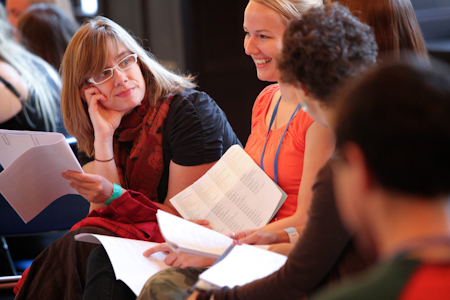
Group study inspired thoughtful reflection and joyful interactions
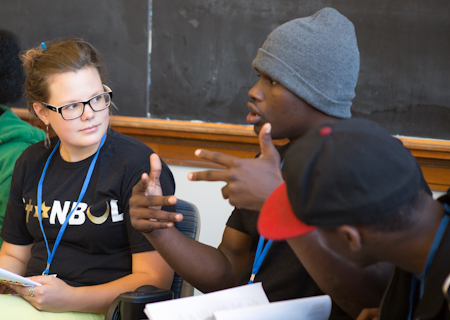
Everyone had an opportunity to share their thoughts and ideas
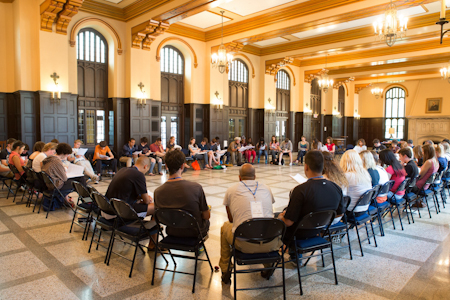
Workshop groups were large and small
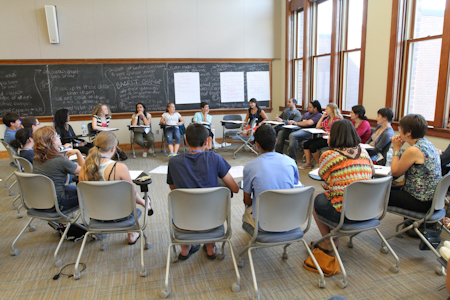
Youth from the same communities gathered to consult about their plans
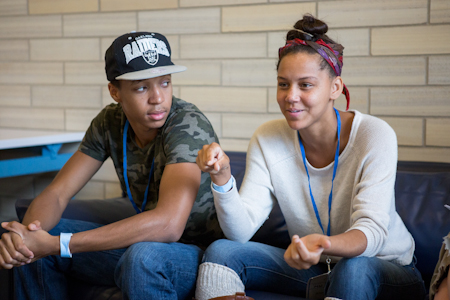
Consultations also explored how everyone has capacities and ways to contribute to improving their communities
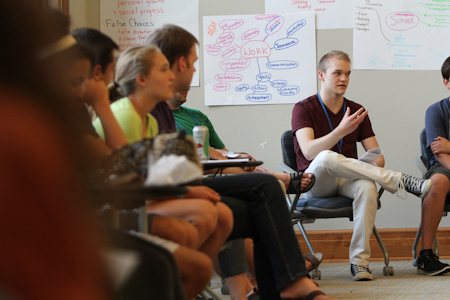
Workshop discussions enable the participants to engage more deeply with sections of the conference materials

Study was enhanced by creative expression through charts and maps
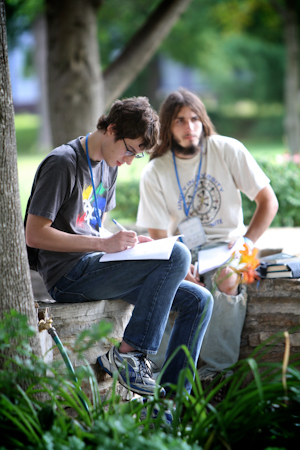
Some groups studied outside on the lush grounds
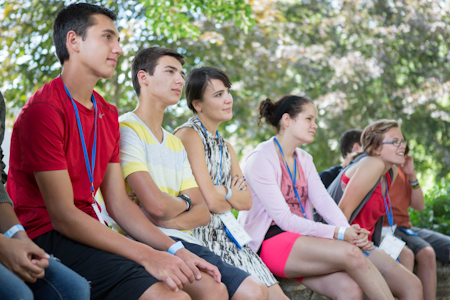
Participants reflected on ways they could assist those younger than themselves
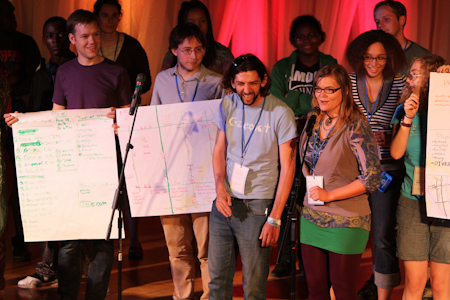
One of the groups presents plans of action they made for implementing after the conference

Music such as pan pipes contributed to the spirit of the gathering
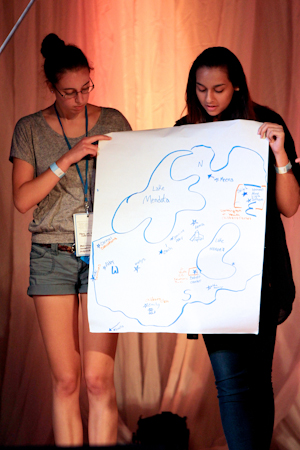
Two friends share a map of their community
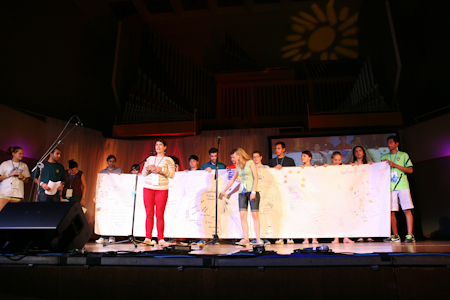
Groups presented some of the ideas they discussed in workshops during plenary sessions
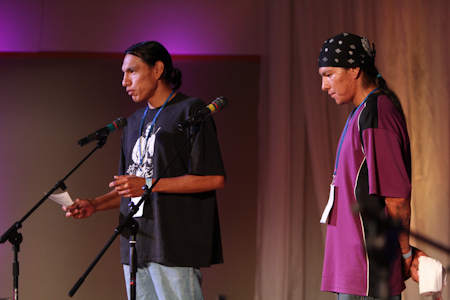
Two young men from South Dakota offered a sacred song in Lakota at the closing of the conference

A group photo of the enthusiastic participants